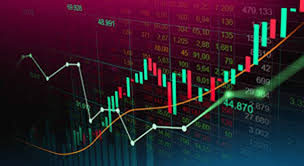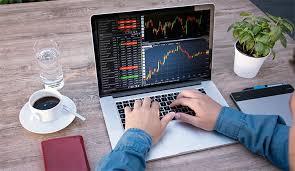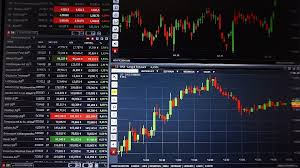
Understanding Forex Trading Sessions for Optimal Performance
The Forex market operates 24 hours a day, five days a week, and is divided into four major trading sessions: Sydney, Tokyo, London, and New York. Each session has its unique traits, liquidity patterns, and market behaviors. For any trader, understanding Forex trading sessions is crucial for making informed trading decisions. If you’re looking for a reliable trading partner, check out forex trading sessions Trading Broker AR for more insights on trading strategies and market dynamics.
1. The Four Major Forex Trading Sessions
Each trading session corresponds to the business hours of a major financial center in the world. Here’s a breakdown of each session:
1.1 Sydney Session
The Sydney session marks the beginning of the Forex trading day. It opens at 10 PM GMT and closes at 7 AM GMT. Although this session has relatively lower trading volumes compared to the other sessions, it is essential for traders dealing in Asia Pacific currencies, such as the Australian dollar (AUD) and New Zealand dollar (NZD). The Sydney session sets the tone for the trading day as major economic data releases and market news often occur during this time.
1.2 Tokyo Session
Next is the Tokyo session, which overlaps with the Sydney session. The Tokyo session opens at 12 AM GMT and closes at 9 AM GMT. It provides a boost in trading volume and is particularly significant for trading pairs involving the Japanese yen (JPY). Japan is one of the largest economies in the world, and its market activities heavily influence global trading sentiments. The Tokyo session is characterized by increased volatility and the possibility of major price movements, especially during the release of economic indicators from Japan.
1.3 London Session

The London session is one of the most critical Forex trading sessions, starting at 8 AM GMT and ending at 5 PM GMT. This session accounts for a substantial portion of daily Forex trading volume and is known for its high liquidity. The London session sees a massive overlap with both the Tokyo and New York sessions, resulting in increased volatility. Traders benefit from the quick price movements and extensive opportunities to enter or exit trades. Currency pairs involving the Euro (EUR), British pound (GBP), and Swiss franc (CHF) tend to be most active during this session.
1.4 New York Session
Finally, the New York session begins at 1 PM GMT and concludes at 10 PM GMT. As the last major trading session of the day, it sees a significant amount of market activity, driven by the U.S. economy’s prominence in international finance. Economic indicators released during this session, such as Non-Farm Payrolls, GDP, and inflation data, greatly impact Forex market movements. Traders often look for opportunities to trade USD pairs during this session, capitalizing on volatility and potential price swings.
2. Trading Session Overlaps
Understanding the overlaps between different trading sessions is crucial for traders looking to maximize their strategies. The most significant overlaps occur between the Tokyo and London sessions, as well as between the London and New York sessions.
2.1 Tokyo and London Overlap
The overlap between the Tokyo and London sessions happens from 8 AM to 9 AM GMT. This hour is attractive for traders, as both sessions are active, which increases liquidity and volatility. During this time, economic indicators from both regions may be released, creating numerous short-term trading opportunities. Currency pairs that involve the AUD, JPY, GBP, and EUR often experience pronounced price shifts due to the high trading activity during this overlap.
2.2 London and New York Overlap
The London and New York overlap occurs from 1 PM to 5 PM GMT. This period is generally considered the most lucrative for Forex traders because of the high volume and volatility. Major U.S. economic figures are often released during this time, impacting currency pairs that include the USD. Traders can expect fast movements in price due to the confluence of both markets, making this overlap a prime time for day trading and scalping strategies.
3. Choosing the Best Trading Session

The ideal trading session ultimately depends on the trader’s strategy, trading style, and preferences. Here are some tips to help traders decide when to trade:
3.1 Scalping and Day Trading
For scalpers and day traders, the London and New York sessions are the most suitable due to their high volatility and liquid markets. These traders benefit from quick price movements and aim to exploit small price changes throughout the trading day.
3.2 Swing Trading
Swing traders should consider trading during the London session or the New York overlap. These periods often present better opportunities for capturing substantial price movements over multiple days.
3.3 Long-Term Trading
Long-term traders may find that trading during the Sydney and Tokyo sessions is appropriate for entering positions based on broader market developments. This approach can help capture trends that develop over longer periods.
4. Key Takeaways
Understanding Forex trading sessions is essential for traders of all levels. Each session presents unique characteristics and market behavior that can impact trading decisions. By aligning strategies with the optimal trading sessions, traders can enhance their opportunities for success in the Forex market.
As always, it’s essential to stay informed about economic news releases and market developments, as they can significantly influence price movements. Whether you are a seasoned trader or a beginner, awareness of Forex trading sessions can lead to better trading outcomes.


